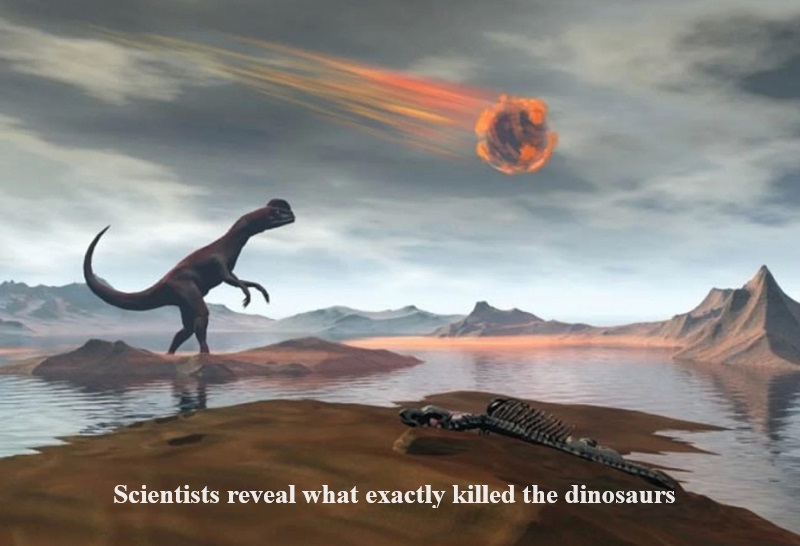
Dinosaurs, inhabitants of the ancient Earth, have long intrigued researchers. Their extinction, along with the origins and timing of their evolution, remains a subject of active investigation.
Dinosaurs initially emerged during the Triassic period, which spanned from 243 to 233.23 million years ago. There is compelling evidence to suggest that the primary reason for their extinction was an asteroid impact.
This enormous asteroid, comparable in size to a city, reshaped life on Earth approximately 66 million years ago. The impact terminated the age of the dinosaurs when it struck a shallow sea near what is now Mexico.
While prior studies have proposed that volcanic eruptions leading to significant climate changes may have played a role in the extinction, as well as more gradual climate alterations that occurred over millions of years, recent computer simulations are shedding new light on the asteroid’s aftermath and its impact on the dinosaurs’ fate.
The most recent study, published in Nature Geoscience and conducted by researchers in Belgium, underscores that the “precise mechanisms” responsible for the extinction are still not fully understood. The study, titled “Chicxulub impact winter sustained by fine silicate dust,” underscores the importance of exploring the role played by potentially trillions of tons of dust generated by the asteroid impact.
Previous observations by experts have suggested that soot, sulfur, and dust remained in the atmosphere for an extended period, effectively blocking the Sun. This obstruction of sunlight may have led to a global winter, with dire consequences for the planet’s plant and animal life.
In an effort to gain a more comprehensive understanding of these events, scientists conducted simulations of the ancient climate. They focused on fine particles retrieved from a site in North Dakota, the very location where a layer of dust produced by the Chicxulub impact had settled.
The simulations revealed that the dust found in North Dakota had the potential to persist in the atmosphere for up to 15 years. In such a scenario, the light-obstructing dust could have suppressed photosynthesis for nearly two years, causing the planet to cool down by as much as 15 degrees Celsius.
Cem Berk Senel, a researcher involved in the study at the Royal Observatory of Belgium in Brussels, emphasized the role of dust, stating that it “most likely drove the last mass extinction event through the disruption of photosynthetic activity.”
Philippe Claeys, a geologist and planetary scientist at the Free University of Brussels and co-author of the study, highlighted the significance of silicate dust, stating that it emerged from the simulations as the “most efficient blocker of photosynthesis.” He explained how it rendered the atmosphere opaque to sunlight, thus impeding the plants’ photosynthetic process.

Post Your Comments